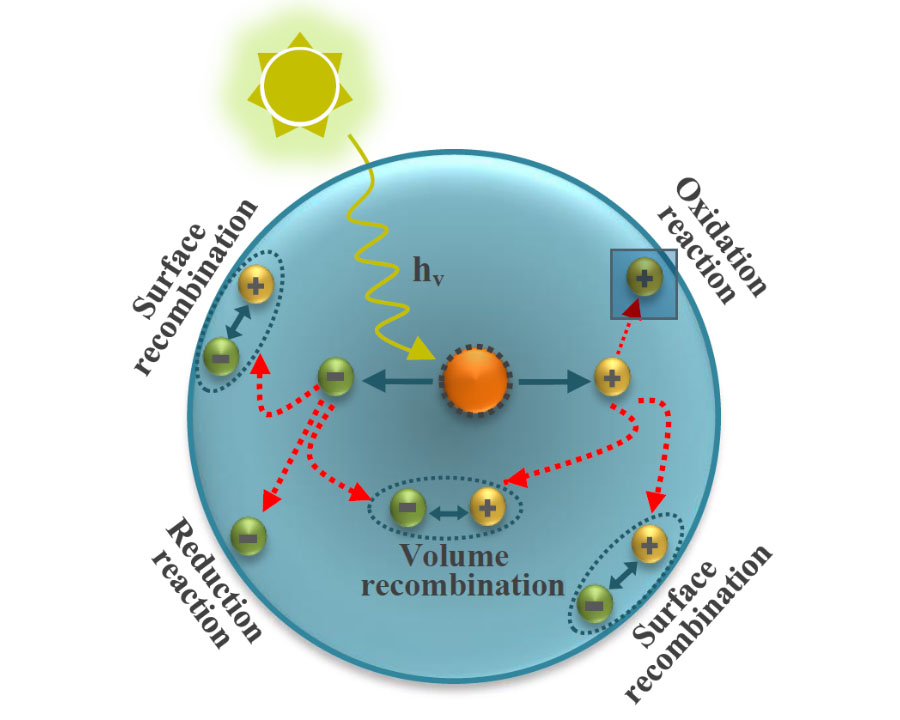New updates on vanadate compounds synthesis and visible-light-driven photocatalytic applications
- 1 Nanomaterials Group, Department of Materials Engineering, Tarbiat Modares University, P.O. Box 14115-143, Tehran, Iran
- 2 Department of Chemical Engineering, Arak Branch, Islamic Azad University, Arak, Iran
- 3 Chemical Engineering Department, Faculty of Engineering, University of Balamand, P.O. Box 33, El-Koura, Lebanon
- 4 Universidad Nacional Autónoma de México, Centro de Nanociencias y Nanotecnología, Km. 107, C. P. 22800, Ensenada, Baja California, México
- 5 Department of Chemistry, College of Science, Sultan Qaboos University, P.O. Box- 36, P.C. 9 123, Al-Khoudh, Muscat, Oman
Abstract
Photocatalysis is known as a new and cost-effective method to solve the problems of energy shortage and environmental pollution. Although the application of this method seems practical, finding an efficient and stable photocatalyst with a suitable bandgap and visible-light sensitivity remains challenging. In this context, vanadate compounds photocatalysts have been synthesized and used as emerging composites, and their efficiency has been improved through elemental doping and morphology modifications. In this review, the major synthesis methods, and the design of the latest photocatalytic compounds based on vanadate are presented. In addition, the effect of vanadate microstructures on various photocatalytic applications such as hydrogen production, CO2 reduction, and removal of organic pollutants and heavy metals are discussed. For instance, the application of a 2D-1D BiVO4/CdS heterostructure photocatalyst enhances 40 times the hydrogen production from benzyl alcohol than pure BiVO4. Similarly, the InVO4/Bi2WO6 composite has a superior photocatalytic capability for the reduction of CO2 into CO compared to pure InVO4. A CO production rate of 18 μmol.g-1.h-1 can be achieved by using this heterostructure. Regarding the organic pollutants’ removal, the use of Montmorillonite/BiVO4 structure allows a complete removal of Brilliant Red 80 dye after only 2 hours of irradiation. Finally, copper heavy metal is reduced to 90% in water, by using BiVO4/rGO/g-C3N4 optimized photocatalyst structure. Other examples on decorated vanadate compounds for enhancing photocatalytic activities are also treated.
Downloads
References

Copyright (c) 2023 Mehrdad Mirzaei, Asieh Akhoondi, Wael Hamd, Jorge Noé Díaz de León, Rengaraj Selvaraj

This work is licensed under a Creative Commons Attribution 4.0 International License.
Copyright
Authors are the copyright holders of their published papers in Synthesis and Sintering, which are simultaneously licensed under a Creative Commons Attribution 4.0 International License. The full details of the license are available at https://creativecommons.org/licenses/by/4.0/.
All papers published open access will be immediately and permanently free for everyone to read, download, copy, distribute, print, search, link to the full-text of papers, crawl them for indexing, pass them as data to software, or use them for any other lawful purpose without any registration obstacles or subscription fees.












